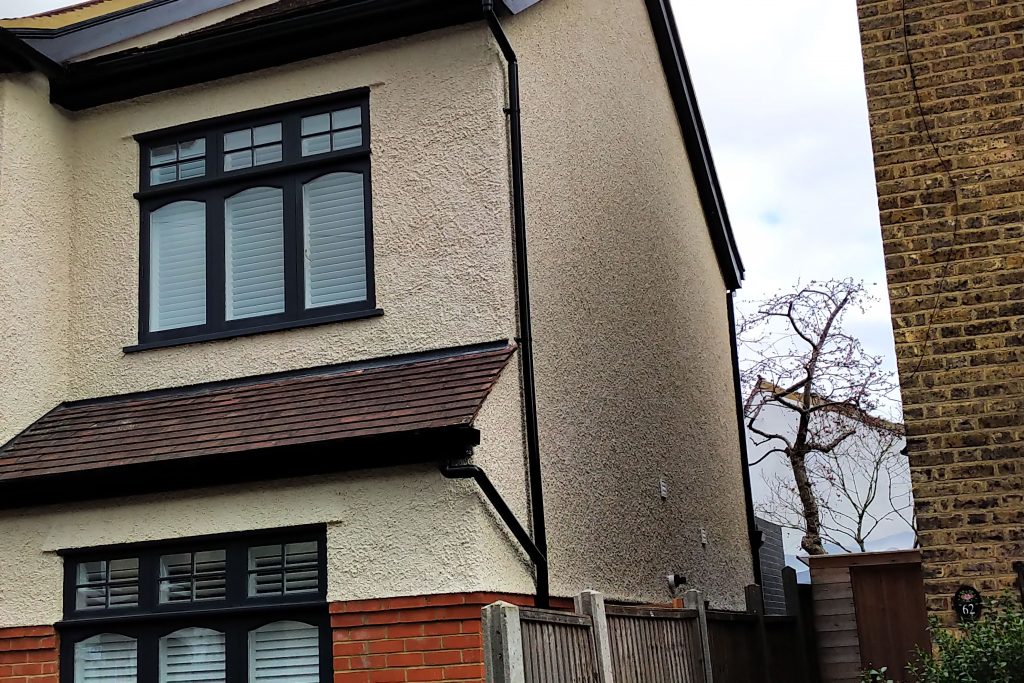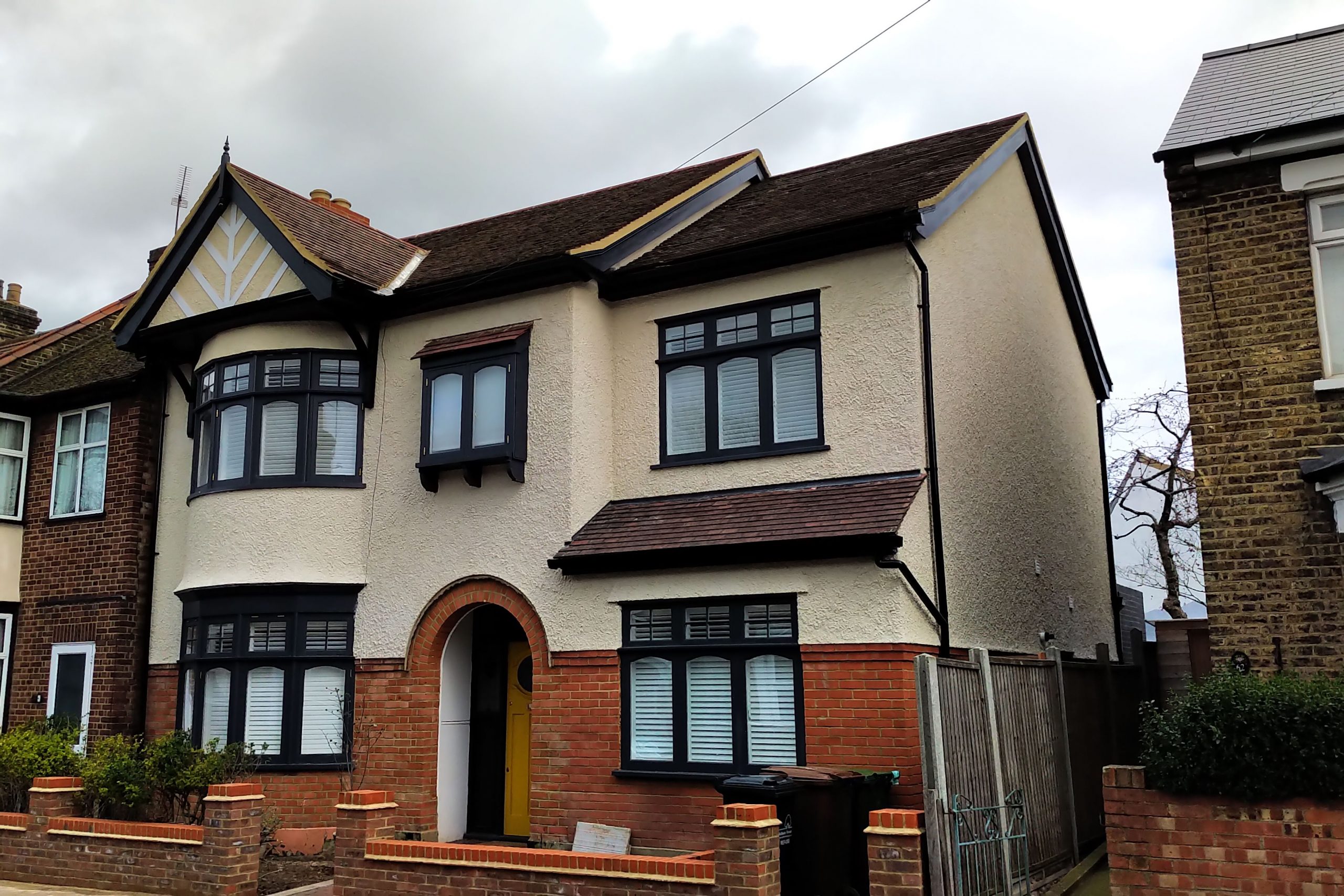If you have a pebbledash exterior on your home, you may be wondering if it’s possible to render over it. The short answer is yes, you can render over pebbledash render. However, there are some important factors to consider before undertaking this project. In this article, we’ll explore the process of rendering over pebbledash render and provide some tips for achieving a successful result.

What is Pebbledash Render?
Before we dive into the process of rendering over pebbledash, let’s first define what pebbledash render is. Pebbledash is a type of exterior wall finish that consists of a layer of cement or lime render, with small pebbles or stones pressed into it. This creates a textured, rough surface that is often used on homes and buildings for its durability and weather resistance.
The Pros and Cons of Pebbledash Render
Pebbledash render has both advantages and disadvantages. Some of the pros of pebbledash include its durability, low maintenance, and ability to withstand harsh weather conditions. It also provides a unique, textured look to a home’s exterior.
However, pebbledash render can also have some downsides. It can be difficult to clean and repair, and it may not be the most aesthetically pleasing option for some homeowners. Additionally, pebbledash can become outdated and may not fit in with the style of a modern home.
Can You Render Over Pebbledash Render?
Now, let’s get to the main question: can you render over pebbledash render? The answer is yes, but it’s not a simple process. Rendering over pebbledash requires careful preparation and the use of the right materials to ensure a successful result.
When rendering over existing render, more stress may be put on the mechanics of the house. This isn’t just with pebbledash and can be a problem with all renders. Many render systems are heavy, so when you try and render over it, you could be adding more weight. This means that the existing render may force the new render, with itself, off the wall.
However, there is an easier solution around this. You can add less weight to the existing render by applying a thin coat render which is lightweight. It is not guaranteed to cause less problems, however, it has a better chance at going over the existing render than a heavier render system.
The new render may seal in areas which will harbour damp. This is another problem as damp can cause of sorts of problems with a wall, both inside and outside. Not only can damp affect the render outside the house, which may pull it off the wall, but it can also affect the walls inside as it filters through the brickwork.
However, just like the previous problem, this can be easier dealt with. To solve this, the renderer will have to ensure that the basecoat is dry, which will stop any damp forming.
Extra layers of render may make doors and windows hard to open. This is because around the doors and windows, the render will be higher than it previously was and so it may interfere with how both the doors and windows open. But again this can be solved quite easily. Some of the old render can be chipped away around the doors and windows, allowing them to open when the new render was applied. By chipping it away, you reduce the render thickness.
However, not all the problems can be solved so easily.
You cannot render over painted render. Rendering over paint will create a weak interface which is not suitable to render over. This is because any movement or the impact of any object may cause the render to fall away from the wall due to a weak bond. To solve this, you would have to remove either the paint or the render completely.
As mentioned before, weight plays a big role in whether or not you can render over the existing. The quality of the render (age, strength, etc.) may not be able to take the weight of the new render. Even a thin coat render will cause problems is the render is too old or the old render is weak. A good way to test this is to see if any render breaks away with a hammer test. If so, the render would have to be removed.
The simple answer is yes you can render over existing pebbledash, however, there will be problems and no rendering company will offer any guarantees with this. Therefore, if you want to render over pebbledash then you will do so at your own risk and it may cost you more money in the long run if problems arise.
